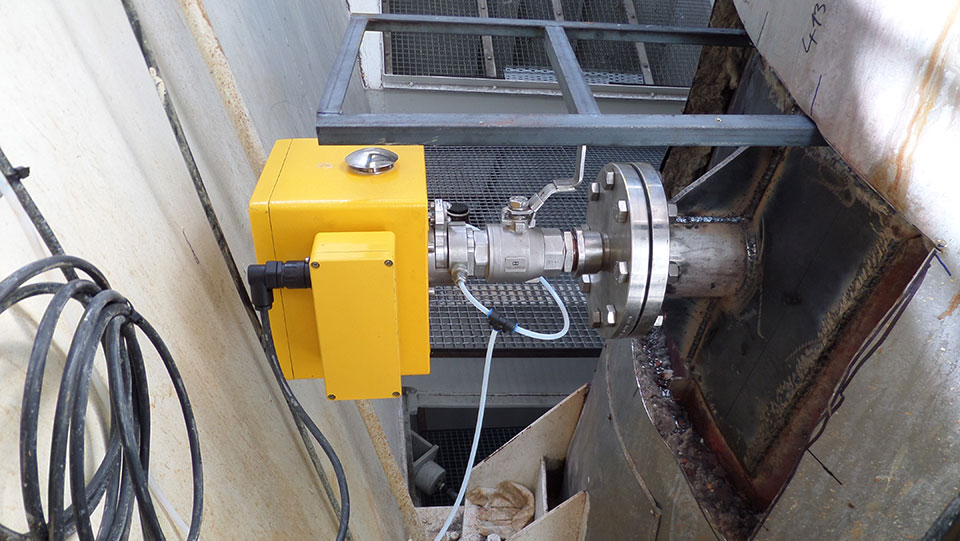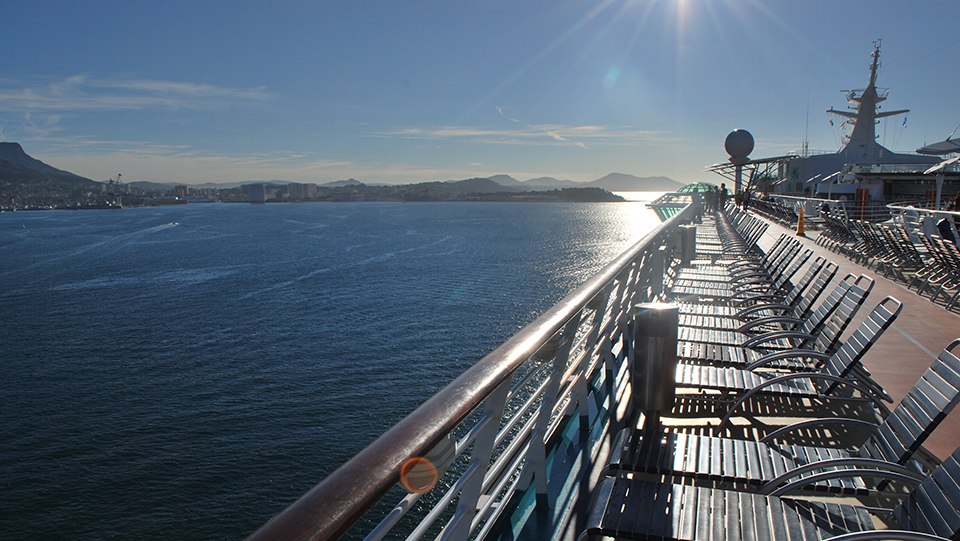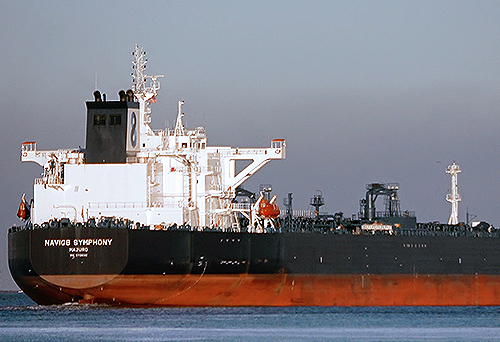Ships: floating fossil power plants with emissions to air as for land-based power plants
REGULATIONS FOR MONITORING SHIP EMISSIONS
MARPOL emission limits for NOX are called Tier I, Tier II and Tier III. Which "Tier" applies depends on when the ship was built and in which area the ship travels. The limits are given in g/kWh and also vary with the speed of the engines. In some cases, direct and continuous monitoring of NOX emissions are required. This particularly applies to Tier III ships where in practice active exhaust gas treatment (SCR) is required with the need for NO monitoring before the catalyst and both NOX and NH3 monitoring after the catalyst.
The MARPOL regulations also cover emissions of greenhouse gases, which is why it can also be important to monitor the CH4 levels in the exhaust gases, especially on LNG-powered ships. Trials are also underway with ammonia-powered ships where the ammonia levels need to be monitored.
See our dedicated SO2 scrubber monitoring web page for more information on limiting and monitoring sulfur emissions.
OPSIS has a very good system solution that can measure the concentrations of all the mentioned gases. A single system can monitor several flue gas channels. The measurements take place directly in the flue gas duct without any sampling, which can require a lot of maintenance and can be prone to malfunctions. OPSIS systems have very long maintenance intervals and are therefore ideal for marine use.
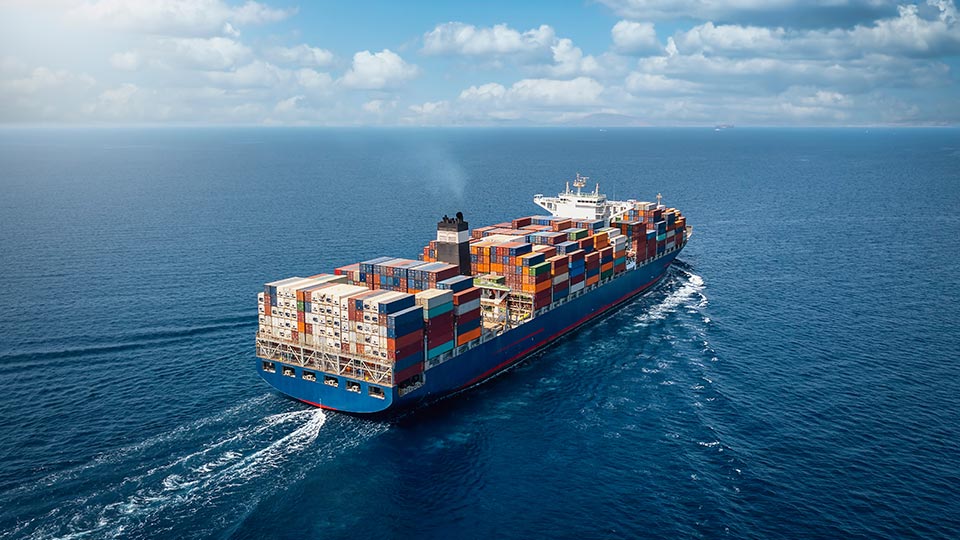
HOW THE MONITORING WORKS
The OPSIS monitoring systems are based on gas analysers that have short response times, are accurate, and require minimal maintenance. The monitoring takes place contact-free along light beams where gas molecules can absorb parts of the light. The beams are sent through the flue gas ducts that lead to the ship's stacks. The light is captured and guided via optical fibres to the analyser which monitors the absorption and calculates the gas concentrations.
A single analyser can monitor multiple types of gases along multiple monitoring paths. It provides a very cost-effective monitoring system. The concentrations of all relevant types of gases can be measured, for example NOX, SO2, CO, CO2, NH3, and CH4.
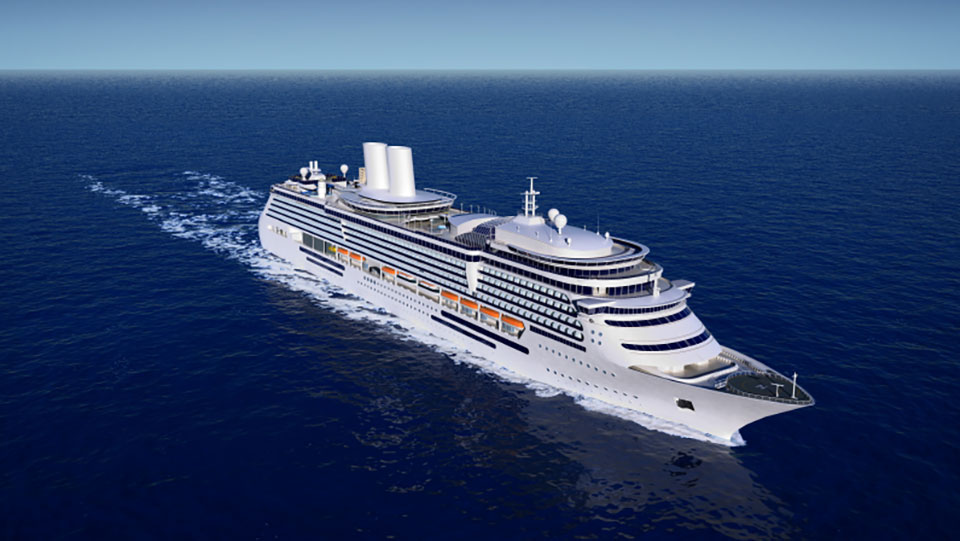
MARINE GAS ANALYSIS WITH OPSIS
There are multiple reasons for choosing OPSIS as supplier of systems for gas analysis. Among the key benefits of the methods and solutions offered by OPSIS are:
- a single monitoring system for all types of gases
- a single system can measure at several monitoring points
- non-contact measurement, no sampling
- long maintenance interval
- low energy consumption
- calibration of gas analysers only once a year
- hundreds of systems installed on ships around the world
- certified by, among others, DNV, RINA, Lloyd's Register, and Bureau Veritas.
